
Joint replacement surgery is typically recommended for patients with advanced end stage joint disease (usually of the knee or the hip) who have tried non-surgical treatment, but still experience functional decline and disabling pain. Joint replacement is an extremely effective surgery when done at the right time and indication.
Modern joint replacement surgery involves removal of the worn cartilage from both sides of the joint, followed by resurfacing of the joint with a metal and plastic replacement implant that looks and functions much like your normal joint. Although nearly every joint in the body can be replaced, most replacement surgeries involve the hip or knee.
Arthritis
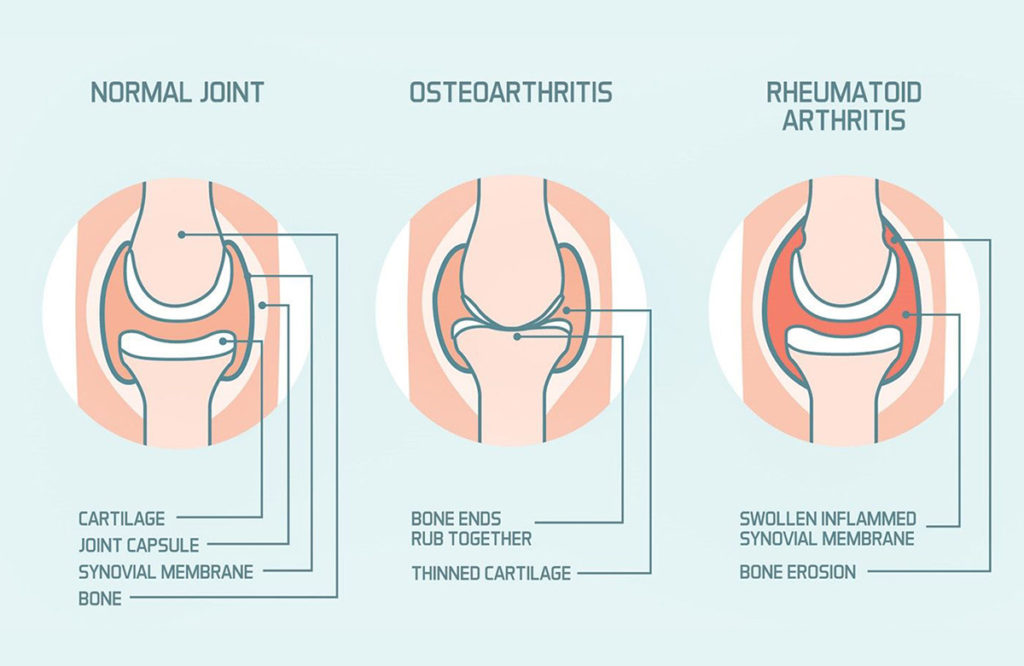
What Is Arthritis?
"Arthritis" simply means inflammation of the joint. While joint inflammation is not a particular diagnosis, but a symptom or sign, the word arthritis is sometimes used to refer to any condition affecting the joints. Arthritis usually causes pain, swelling, stiffness, loss of motion and reduction in activity level when it occurs in the Joints (Knee/Hip/Ankle/Shoulders).
Osteoarthritis (degenerative joint disease) and rheumatoid arthritis are the most common types. Osteoarthritis typically develops with age and affects the Knee, Hip, Shoulders and other joints. Rheumatoid arthritis is an autoimmune disease that also affects the Joints.
What Causes Pain From Arthritis?
Arthritis can be the result of many disease processes in the knee, which include:
- Osteoarthritis (degenerative cartilage wears-down condition)
- Rheumatoid arthritis (inflammatory cartilage destructive disease)
- Psoriatic arthritis (inflammatory cartilage destructive disease)
- Gout (a crystalline deposit disease from uric acid levels that are elevated)
- Infections (bacterial, viral, fungal, Lyme Disease)
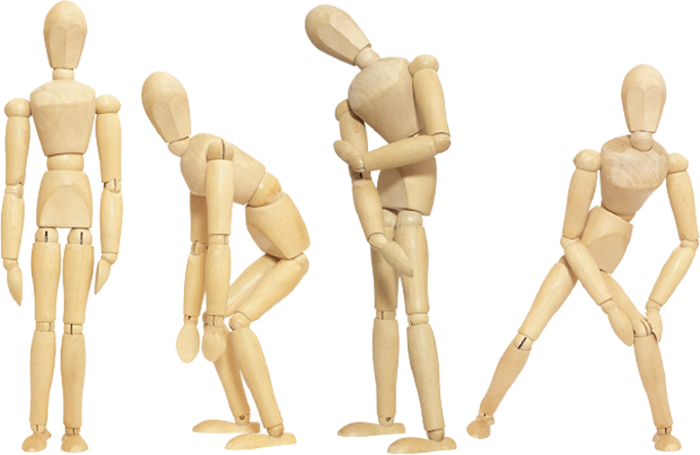
Signs & Symptoms Of Arthritis?
Pain, which can vary in severity, is a common symptom in virtually all types of arthritis. Other symptoms include swelling, joint stiffness and aching around the joint(s). Arthritic disorders like lupus and rheumatoid arthritis can affect other organs in the body, leading to a variety of symptoms. Symptoms may include:- Pain, Stiffness, Swelling, Redness and Decreased range of motion
- Stiffness, which may be worse in the morning, or after use
- Difficulty moving the joint
- Reduction in activities of daily living
- Reduction in sports and exercise activities
- Malaise and fatigue
- Weight loss
- Poor sleep
- Muscle aches and pains
- Tenderness
Risk factors for arthritis include:
- Family history. Some types of arthritis run in families, so you may be more likely to develop arthritis if your parents or siblings have the disorder. Your genes can make you more susceptible to environmental factors that may trigger arthritis.
- Age. The risk of many types of arthritis — including osteoarthritis, rheumatoid arthritis and gout — increases with age.
- Your sex. Women are more likely than men to develop rheumatoid arthritis, while most of the people who have gout, another type of arthritis, are men.
- Previous joint injury. People who have injured a joint, perhaps while playing a sport, are more likely to eventually develop arthritis in that joint.
- Obesity. Carrying excess pounds puts stress on joints, particularly your knees, hips and spine. People with obesity have a higher risk of developing arthritis.
Diagnosis
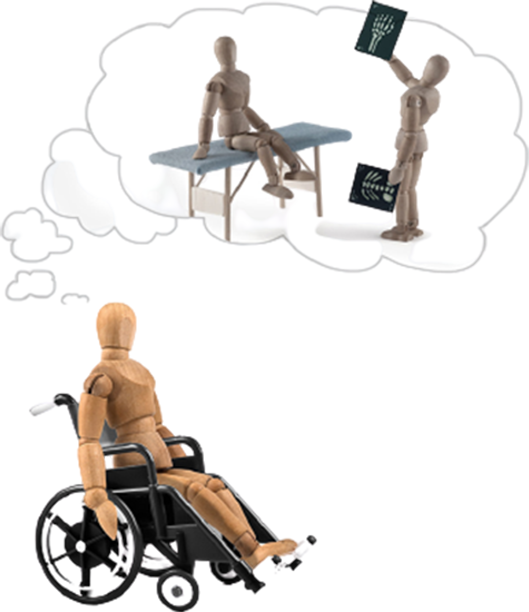
During the physical exam, your doctor will check your joints for swelling, redness and warmth. He or she will also want to see how well you can move your joints.
Depending on the type of arthritis suspected, your doctor may suggest some of the following tests.
Laboratory Tests
The analysis of different types of body fluids can help pinpoint the type of arthritis you may have. Fluids commonly analyzed include blood, urine and joint fluid. To obtain a sample of your joint fluid, your doctor will cleanse and numb the area before inserting a needle in your joint space to withdraw some fluid.
Imaging
These types of tests can detect problems within your joint that may be causing your symptoms. Examples include:
- X-rays. Using low levels of radiation to visualize bone, X-rays can show cartilage loss, bone damage and bone spurs. X-rays may not reveal early arthritic damage, but they are often used to track progression of the disease.
- Computerized tomography (CT). CT scanners take X-rays from many different angles and combine the information to create cross-sectional views of internal structures. CTs can visualize both the bone and surrounding soft tissues.
- Magnetic resonance imaging (MRI). Combining radio waves with a strong magnetic field, MRI can produce more-detailed cross-sectional images of soft tissues such as cartilage, tendons and ligaments.
- Ultrasound. This technology uses high-frequency sound waves to image soft tissues, cartilage and fluid-containing structures near the joints (bursae). Ultrasound is also used to guide needle placement for joint aspirations and injections.
Common Treatments
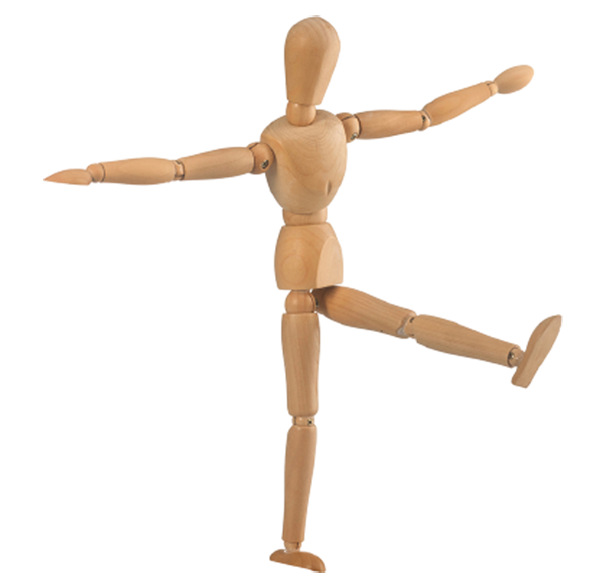
A wide variety of treatments are available for arthritis pain, and your team at MedStar Health will customize the treatment plan that best suits your symptoms and situation.
Treatment plans often include
- Medication,
- Physical therapy
- Exercise
- Applying heat and/or cold to the site
- Consciously alternating activity with rest
- Learning to use joints correctly (ex: using your palms rather than your fingers to carry groceries)
- Losing excess weight to reduce pressure on the joints
- Walkers, canes, and other assistive devices
It's important to remember that arthritis doesn't mean an inactive lifestyle. Inactivity can weaken and stiffen the muscles surrounding the joints, and impair your joints permanently.
Surgery
When certain treatments fail, an orthopedic surgeon will perform surgery to help reduce the arthritis pain. Surgery may be used to realign joints or to remove the joint lining which has become damaged or pulled out of place due to the wearing away of cartilage and bone.
In joint replacement, also called arthroplasty, the Surgeonreplaces the joints junctions with artificial implants made of Metal/Polyethylene/Ceramic materials. Joint replacement has been especially effective with hips and knees and has also been used for shoulders, ankles, elbows, and knuckles.
Do’s & Don’t in Arthritis
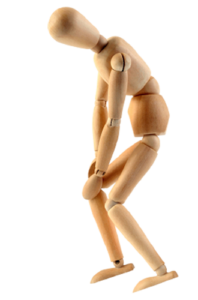
Arthritis is an inflammatory disorder that affects the joints. Knee/ Hip arthritis, in particular, is a condition experienced by many individuals that can cause chronic pain, restricted movement, and compromised flexibility. Not only can it affect your daily efficiency, but it may also reduce your quality of life if left unmanaged.
DO: Keep Moving
Inactivity weakens your muscles, which can aggravate joint pain. Constant joint movements help ease arthritis pain, improving your range of motion. We may include gentle stretching activities in your physical therapy program to gradually enhance your joint flexibility. Strengthening exercises can also help build up the muscles around your knees and reduce your pain. Swimming, walking, and stationary cycling are great options as well.
DON’T: Engage in Strenuous or Impact-Bearing Activities
While many activities that require you to move your joints are effective at treating arthritis pain, some can cause more harm than good. Impact-bearing exercises, like jumping, can be detrimental. Activities that involve repetitive motions may also put unnecessary stress on your knees and other affected areas.
DO: Maintain a Healthy Weight
Being overweight may put additional pressure on your joints, increasing your arthritis pain. Preparing nutritious and well-balanced meals is a good way to gradually lose weight.
DON’T: Smoke
Cigarette smoke contains harmful substances that can irritate the connective tissues around your joints. It also releases toxins, which may lead to other joint problems.
DO: Keep Your Back Straight
Having a good posture reduces undue stress on your joints, which helps slow or prevent arthritis progression. We may also recommend putting cushioned insoles in your shoes to improve your posture and minimize the pressure on your knees.
DO: Stay Positive
Most importantly, try to stay positive. Although arthritis may cause long-term pain, there are many things you can do to manage it. You can also count on our pain management experts to help you. We may recommend taking anti-inflammatory medications to reduce joint swelling. In addition to physical therapy, massage therapy is also an effective method of pain relief for arthritis.
Should I see a doctor?
It’s common to have aches and pains in your muscles and joints from time to time. This may especially be true if you take part in unusual or strenuous physical activities.
If you have swelling or stiffness that you can’t explain and that doesn't go away in a few days, or if it becomes painful to touch your joints, you should see a doctor. The earlier you get a diagnosis and start the right type of treatment, the better the outcome will be.
Here are some other things to think about that might help you decide whether you need to see a doctor:
- Swelling of joints
- If a joint becomes swollen, and isn’t linked to an injury, you should see a doctor.
- This is especially important if you’re also unwell or have a fever, or if the joint is red and warm.
- Effects on your daily life
- See a doctor or other relevant healthcare professional if you’re unable to do everyday tasks due to joint or muscle pain.
- If you’ve lifted something heavy and hurt your back, for example, take some painkillers, apply some heat and try to stay active. If the pain doesn’t ease after a couple of weeks or so, see a doctor.
- It’s important to see a doctor if you get any new symptoms or if you have any trouble with drugs you’re taking.
Extra Resources
| Patient Education on Knee - Tamil | |
| Patient Education on Knee - English | |
| Patient Education on Knee - Telugu | |
| Patient Education on Knee - Malayalam | |
| Patient Education on Knee - Kannada |